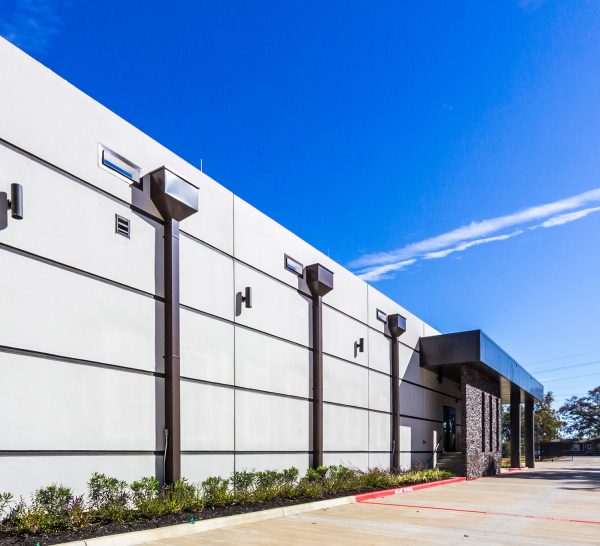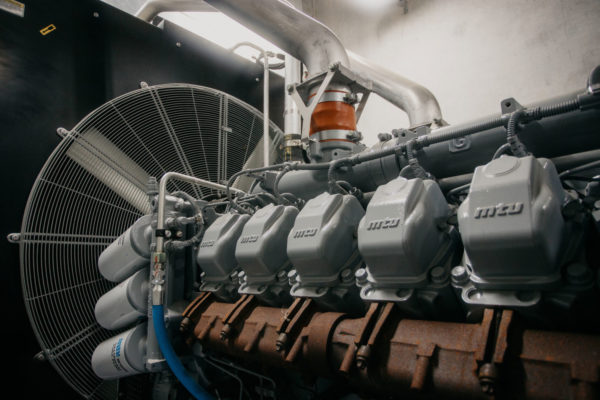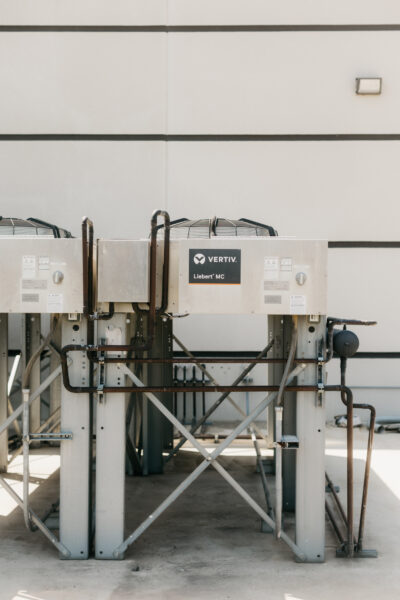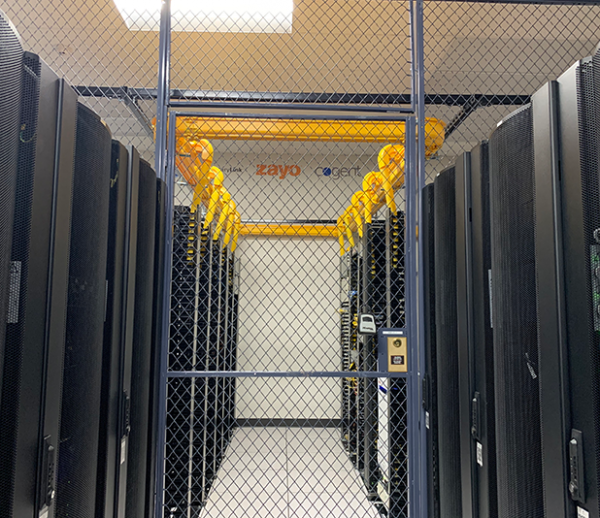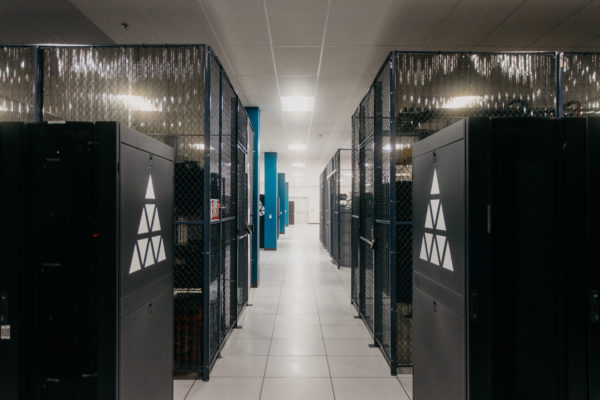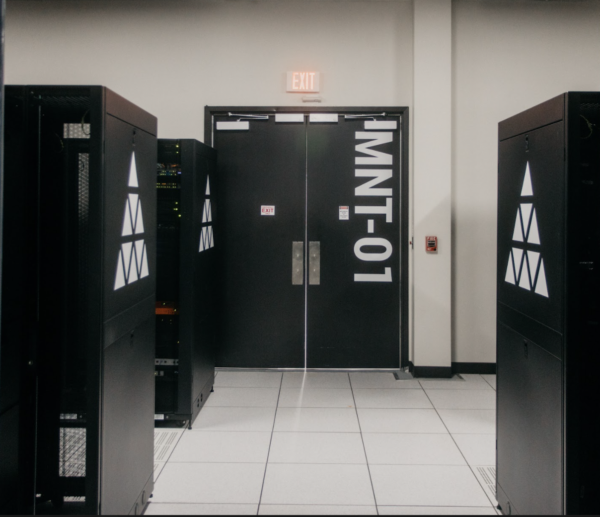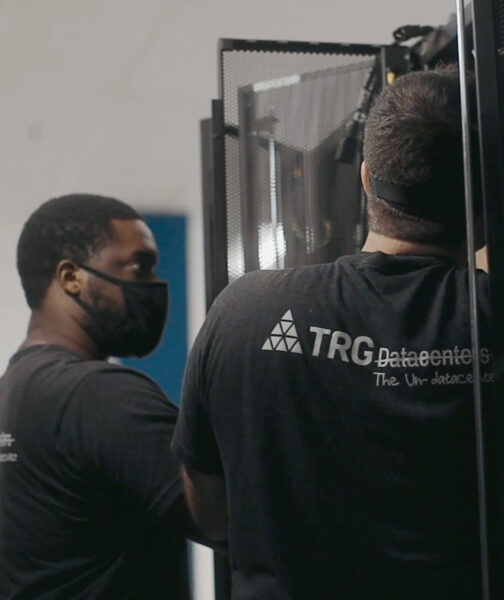What a crazy time to live, similar to humans, now machines can infer too. Thanks to the unprecedented growth in the artificial intelligence field that made “inference” possible. Nowadays, it’s helping businesses make business decisions and efficiently perform tasks that require real-time responses.
Basically, inference means making predictions after analyzing the given information. In machine learning models or deep learning models, it refers to the process of analyzing a dataset and predicting the outcome. Let’s come back to this later.
Inference can not occur without training the model, and training a model can be super computational and resource-intensive. Leaving businesses in a dilemma, either to choose performance or affordability.
We have a solution for that! Leveraging our specialized Houston data center, you can easily utilize heavy machinery to train vast AI models while only paying for what you use. The price of a data center is divided across users, which makes data centers an affordable solution for businesses aiming to enhance their decision-making with the power of inference.
This article will walk you through the depths of GPUs to learn their architecture, which will help you choose the best GPU for Inference. Lastly, we will learn how you can leverage TRG Data centers to use robust computers without breaking the bank.
What is Inference?
Before we begin understanding the Graphics Processing Units (GPUs), let’s take a moment to understand “inference.”
Let’s understand it with an example. You feed thousands of images of cats to model and provide that it is a cat. Now, the model can infer what a cat looks like. Afterward, if you show it a new image of a cat, the model will be able to recognize the context—the cat in this example, by analyzing the characteristics of the given input—thousands of images of a cat.
Basically, that translates to the more the data you provide the machine with, the better the inference or prediction. It’s as straightforward as that!
But…there’s a catch. The CPUs we use for our day-to-day use will take an eternity to train models with vast amounts of data. That’s because they lack parallel processing qualities, and their limited core constraints hold them from performing tasks that require high computational power. We thoroughly debated this over GPU vs CPU for AI.
In a nutshell, GPUs reign supreme, and we have also decided on the best GPU for AI. If you are uncertain about all the choices available, the next section is precisely what you need.
Understanding GPU Architecture
Numerous components make GPUs the perfect choice for inference and other AI-related tasks. This article will walk you through the most significant ones. If you want to learn more, we encourage you to check out the aforementioned guide.
Parallel Processing and Tensor Cores
GPUs have thousands of tensor cores, unlike CPUs that can only have 64 cores at most. GPUs utilize thousands of cores at once to break a complex task into small achievable subtasks divided across cores. The cores then simultaneously work on it, making it possible to perform high-computational tasks blazingly fast.
Not to mention the power of tensor cores that are optimized for tasks like inference, deep learning, machine learning inference, etc.
These qualities are essential for inference, where tasks like matrix multiplications and vector operations can be processed in parallel, speeding up computations.
Robust Bandwidth
Since GPUs were designed for heavy computational tasks, they have strong memory bandwidth. All these CUDA cores require sending information to and forth, and strong bandwidth allows them to do so. In a nutshell, this feature transfers large amounts of data quickly, which is essential for handling the massive data involved in inference models.
Energy Efficient
Even though GPUs are more resource-intensive, they can still be valuable for saving energy by performing complex tasks promptly. The cost of running a CPU—that takes less energy than a GPU—for extended periods can be more costly than running a GPU. Especially since you are looking for inference, which can be a highly intensive task depending on the size of the model. Thus, businesses turn to AI colocation services.
Our data centers are designed with specialized power configuration for AI computing so they can efficiently manage the energy demands of high-performance GPUs and AI applications.
Specialized Hardware
GPUs are aligned with modern computational needs. They are equipped with tensor cores—cores optimized for AI. Moreover, the number of libraries makes it easier to work with GPUs.
Frameworks like PyTorch and TensorFlow are designed to facilitate building machines and training large language models. PyTorch assists in research and dynamic projects, whereas TensorFlow thrives in large-scale production environments.
High Throughput
Even with these thousands of cores, GPUs would not be that remarkable if it weren’t for their high throughput. In essence, this term refers to the number of items and instructions that a GPU can process simultaneously.
High throughput is crucial for inference, as fast response times are needed. Also, considering the workload, GPUs are required to take numerous instructions at a time and process them all together to execute a given task(s).
The Best GPU for Inference
Nowadays, we usually see these two words together. “NVIDIA inference.” They have gained traction and for all the right reasons. The advancements of NVIDIA in the artificial intelligence discipline are truly remarkable, such as the NVIDIA triton inference server for scalable model deployment, the powerful machines optimized for high-performance deep learning tasks, etc.,
All of these have significantly accelerated AI research and its applications across industries.
Here are our four best picks for the best GPUs for inference detailed with key performance metrics including TFLOPs — Tera Floating Point Operations per Second, a metric that describes a processor’s ability to perform one trillion (1,000,000,000,000) floating-point operations per second:
NVIDIA A100
NVIDIA A100 can be utilized for both training and inference. Created with Ampere architecture, It is optimized for mixed-precision calculations—simply put, it starts with half-precision (16 bit) and gradually increases it as the problem gets more complex.
The GPU has 40 GB or 80 GB of HBM2e memory, which is adequate for inference.
Specs:
- Architecture: Ampere
- Memory: 40 GB HBM2 or 80 GB HBM2e
- Memory Bandwidth: 1.6 TB/s
- FP32 Performance: 19.5 TFLOPS
- INT8 Inference Performance: Up to 624 TOPS
- Thermal Design Power: 400 W
NVIDIA T4
Widely used and known for its amazingly low power consumption around the world. Created on Turing Architecture, the GPU is destined for inference tasks.
Specs:
- Architecture: Turing
- Memory: 16 GB GDDR6
- Memory Bandwidth: 320 GB/s
- FP32 Performance: 8.1 TFLOPS
- INT8 Inference Performance: Up to 130 TOPS
- Thermal Design Power: 70 W
NVIDIA A30
A versatile choice that can be utilized for training or inference. NVIDIA A30 is an expensive choice, unsuitable for those with budget constraints. The GPU can be used for a variety of workloads.
Specs:
- Architecture: Ampere
- Memory: 24 GB HBM2
- Memory Bandwidth: 933 GB/s
- FP32 Performance: 10.3 TFLOPS
- INT8 Inference Performance: 330 TOPS
- Thermal Design Power: 165 W
NVIDIA Tesla P4
Finally, we have NVIDIA Tesla P4, a low-priced, fantastic-value GPU that is relatively affordable and performs tremendously well in inference tasks. It’s low power consumption and TDP makes it a solid option for those looking for a GPU solely for inference purposes.
Specs
- Architecture: Pascal
- Memory: 8 GB GDDR5
- Memory Bandwidth: 192 GB/s
- FP32 Performance: 5.5 TFLOPS
- INT8 Inference Performance: 22 TOPS
- Thermal Design Power: 50 W
To help you choose better, please take a look at the chart below for head-to-head comparison.
|
GPU |
Architecture |
Memory |
Bandwidth |
FP 32 Performance |
Inference Performance |
TDP |
|
NVIDIA A100 |
Ampere |
40 GB HBM2 or 80 GB HBM2e |
1.6 TB/s |
19.5 TFLOPS |
Up to 624 TOPS |
400 W |
|
NVIDIA T4 |
Turing |
16 GB GDDR6 |
320 GB/s |
8.1 TFLOPS |
Up to 130 TOPS |
70 W |
|
NVIDIA A30 |
Ampere |
24 GB HBM2 |
933 GB/s |
10.3 TFLOPS |
330 TOPS |
165 W |
|
NVIDIA Tesla P4 |
Pascal |
8 GB GDDR5 |
192 GB/s |
5.5 TFLOPS |
22 TOPS |
50 W |
By combining NVIDIA’s advanced GPUs with TRG’s GPU colocation services, businesses can fully use inference capabilities without the cost of owning the hardware themselves.
Key Takeaways
In artificial intelligence, inference refers to the process of machines predicting or offering an opinion by analyzing the given data. Unlike CPUs, GPUs excel in that due to their architecture and qualities.
Considering the choices available out there, choosing a GPU for Inference can be demanding. Thus, look for the key components that determine the quality of the GPU. Such as:
- The number of cores
- Bandwidth
- Comparability with specialized hardware
- Throughput
If you need expert advice, we recommend NVIDIA A100, NVIDIA T4, NVIDIA A30, or NVIDIA Tesla V4, depending on your preferences or requirements. However, it is worth noting that running these systems requires robust infrastructure, and we offer you just that. Using our Houston data center, you can host the most powerful machines effortlessly.
Lastly, by mixing up the power of GPUs with data centers, you can leverage robust computing machines without breaking the bank. With us, you only pay for what you use.
Contact us today to learn more!
How TRG Data Centers Support Your Inference Projects
Running powerful GPUs for inference doesn’t have to break the bank. At TRG, we’ve got data center solutions that keep your AI running smoothly around the clock. We’ve been in the business for over twenty years, helping companies of all sizes make the most of AI without the big expenses.
We’re all about keeping things running without a hitch. That’s why we promise 100% uptime—because we know how important continuous operation is for your business. You can start small with us and scale up as your needs increase, all at your own pace.
Want to dive deeper into how data centers can amplify your AI projects? Check out our guide on the role and purpose of data center GPUs at TRG.
Frequently Asked Questions
Is GPU needed for inference?
Absolutely! Thousands of cores and the ability to use them simultaneously are things you can only find in GPUs. Since training AI models for inference is a laborious task, it is not suitable for CPC. Hence, a GPU is needed for such tasks.
What is the best GPU for inference?
The best GPU for Inference usually depends on your needs. NVIDIA A100 is usually the best choice if your budget is not a problem. However, if you are on a tight budget, the NVIDIA Tesla P4 is the best choice for you.
What is the difference between inference and training GPU?
The difference between an inference and training GPU is their specifications and characteristics. Training GPUs excel at handling the intense computation required to train deep learning models. On the other hand, Inference GPUs are optimized for running models on new data, focusing on speed and efficiency over raw computation.
For example, NVIDIA A100 and Tesla V100 are commonly used for deep learning training. Meanwhile, NVIDIA T4 and Tesla P4 are popular choices for inference tasks.
Looking for GPU colocation?
Deploy reliable, high-density racks quickly & remotely in our data center
Lease the most reliable GPUs
Our partners have B200s and L40s in stock, ready for you to lease today

